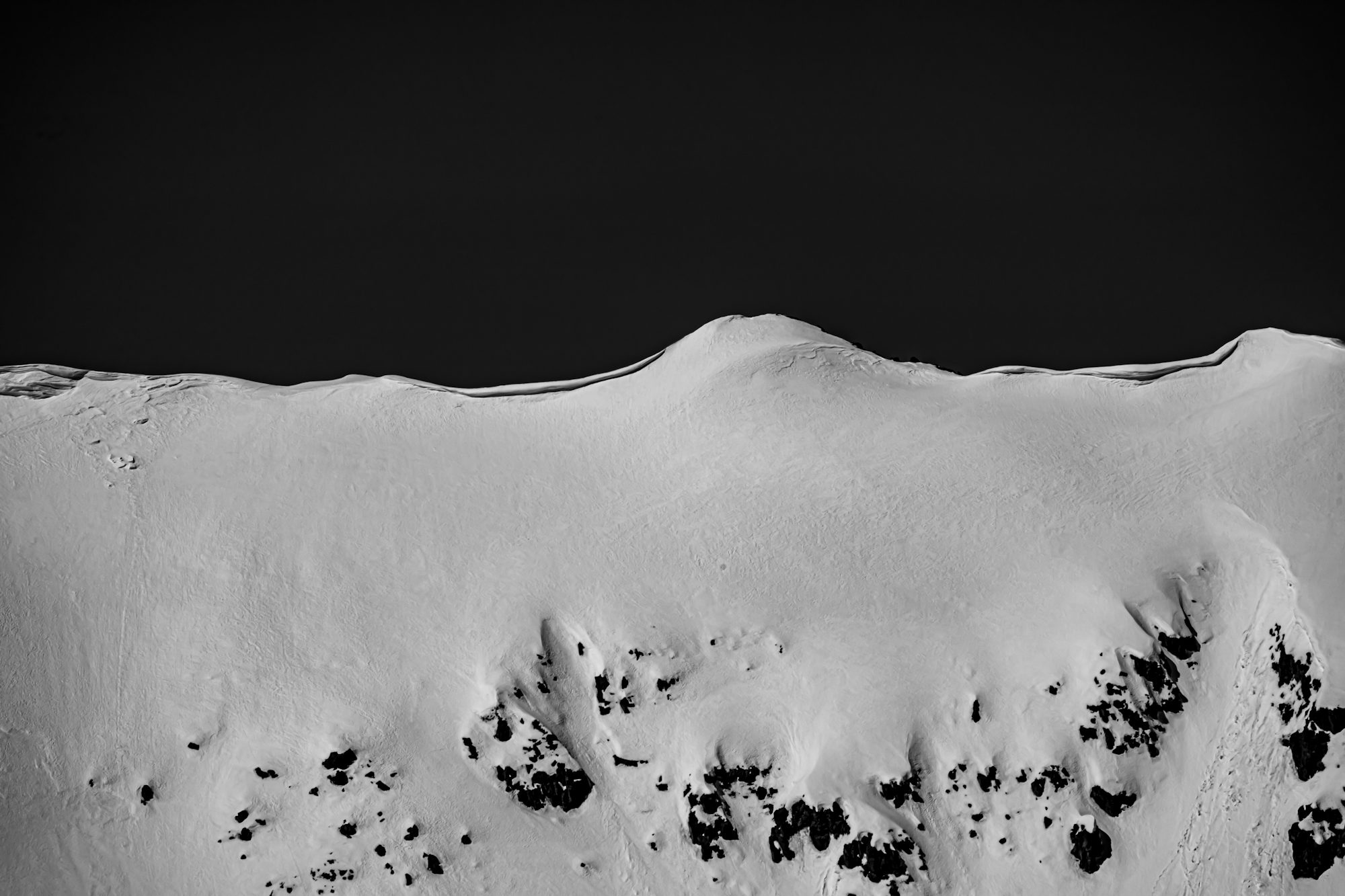Expressions Dance Academy
This article serves as a comprehensive guide for beginners looking to dive into the exciting world of freestyle snowboarding, covering essential techniques, tips, and safety practices.
Understanding Freestyle Snowboarding
Freestyle snowboarding is all about expression and innovation. Riders use features found in terrain parks, such as jumps, rails, and halfpipes, to perform tricks and maneuvers that showcase their skills and creativity. Unlike other styles of snowboarding, which may focus on speed or navigating natural terrain, freestyle emphasizes style and creativity.
Key Elements of Freestyle Snowboarding
1. Terrain Parks: These are specially designed areas on ski resorts where various features are set up for freestyle riders. Common features include rails, boxes, jumps, and halfpipes. Each feature presents unique challenges and opportunities for riders to showcase their skills.
2. Tricks: Freestyle snowboarding encompasses a wide range of tricks, from simple grabs to complex spins and flips. Tricks can be categorized into several types:
- Grabs: Riders reach down to grab their board while in the air, adding style to jumps.
- Spins: Rotating the board in the air, either 180, 360, or more, to showcase control and style.
- Flips: Performing somersaults while airborne, which can be combined with spins for more complex maneuvers.
3. Halfpipe Riding: This involves riding back and forth on a U-shaped structure, executing tricks while using the walls to gain height and perform aerial maneuvers. The halfpipe is a central feature in many freestyle parks and a great place for riders to develop their skills.
Getting Started: Essential Gear
Before hitting the slopes, having the right gear is essential for safety and performance. Here’s a list of necessary equipment for freestyle snowboarding:
- Snowboard: Choose a snowboard that’s specifically designed for freestyle riding. These boards are typically shorter and more flexible, allowing for better maneuverability.
- Bindings: Opt for lightweight bindings that provide good support while allowing for flexibility.
- Boots: Freestyle boots should be comfortable and flexible, allowing for freedom of movement.
- Protective Gear: Safety is paramount in freestyle snowboarding. Essential protective gear includes a helmet, wrist guards, knee pads, and padded shorts.
Basic Techniques for Beginners
1. Balancing on the Board: Start on flat terrain to get comfortable balancing on your board. Practice shifting your weight from heel to toe to control your movements.
2. Riding Switch: Learning to ride with your non-dominant foot forward, known as riding switch, is crucial for freestyle. It allows you to perform tricks more naturally and gives you versatility on the slopes.
3. Practicing Small Jumps: Begin with small jumps to develop your technique. Focus on timing your takeoff and landing, and practice using your knees to absorb the impact.
4. Exploring Terrain Park Features: Once comfortable with small jumps, gradually introduce yourself to terrain park features. Start with flat boxes or small rails to build confidence before moving on to larger jumps.
Tricks to Try
As you become more comfortable with the basics, you can start experimenting with tricks:
- Ollie: A fundamental trick that involves using your back foot to push down while pulling up on the front of the board, allowing you to jump off the ground.
- Nose Grab: While in the air, reach down with your front hand to grab the nose of your board. This adds style to your jumps.
- 180 Spin: This involves a half rotation while in the air, landing facing the opposite direction.
- Board Slide: Approach a rail or box, jump onto it with your board perpendicular, and slide along it before jumping off at the end.
Safety Practices
Safety is paramount in freestyle snowboarding, especially as you begin to try more advanced tricks:
- Warm Up: Always warm up before hitting the slopes to prepare your body for physical activity and reduce the risk of injury.
- Know Your Limits: Start with features and tricks that match your skill level. Gradually progress to more challenging elements as you gain confidence.
- Spot Your Landings: Always look at your landing when performing tricks. This helps you prepare for impact and maintain control.
- Ride with Friends: Snowboarding with friends not only makes the experience more enjoyable but also provides an extra layer of safety. They can spot you while attempting new tricks and assist in case of a fall.
Progressing in Freestyle Snowboarding
As you develop your skills, consider the following to continue improving:
- Take Lessons: If possible, enroll in freestyle snowboarding lessons. Professional instructors can provide valuable feedback and help you refine your techniques.
- Watch Videos: Study freestyle snowboarding videos for inspiration and to learn new tricks. Pay attention to the techniques used by professional riders.
- Join a Community: Engaging with fellow snowboarders, whether in person or online, can provide encouragement and tips for improvement.
Conclusion
Freestyle snowboarding is a thrilling and dynamic sport that allows for self-expression and creativity on the slopes. With the right gear, techniques, and safety practices, beginners can confidently explore the world of freestyle riding. Remember, the key to mastering freestyle snowboarding lies in patience and practice. Embrace the learning process, challenge yourself with new tricks, and most importantly, have fun while riding. The mountains await your creativity and passion!